Rank Species | Genus Lucilia Higher classification Lucilia | |
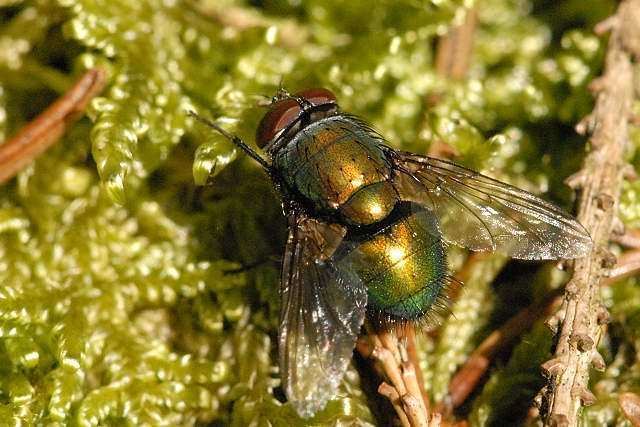 | ||
Similar Lucilia, blow flies, Fly, Insect, Lucilia silvarum | ||
Bufo bufo cf spinosus and lucilia bufonivora imago
Lucilia bufonivora is a member of the fly family Calliphoridae which are commonly known as blow flies. L. bufonivora is commonly referred to as a toadfly. The adult flies will typically feed on pollen and nectar of flowers, while the larvae are parasitoids that feed mainly on the living flesh of the common toad (Bufo bufo), leading to the toad's death, though they have been found as parasites on other frog and toad species. It is common in north west Europe.
Contents
- Bufo bufo cf spinosus and lucilia bufonivora imago
- Mucha ropuszanka lucilia bufonivora
- Description
- Parasitism
- References
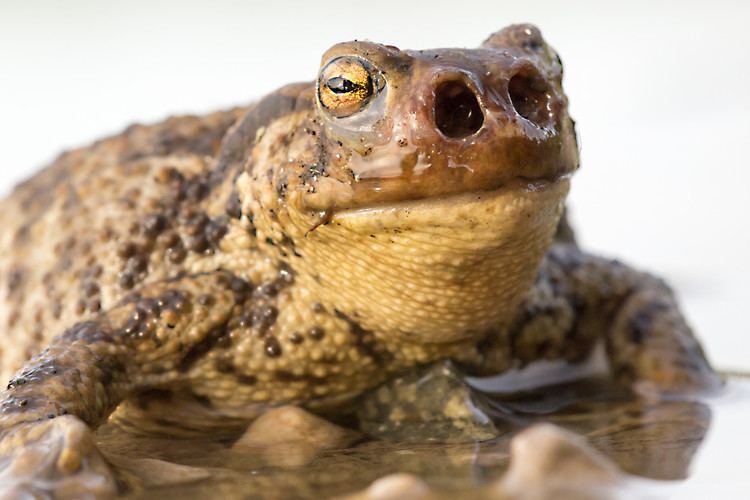
Mucha ropuszanka lucilia bufonivora
Description
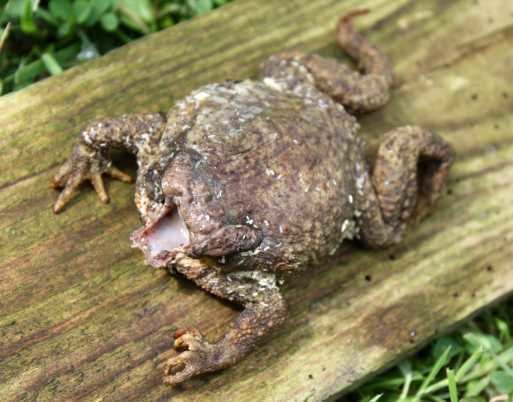
The adult toadfly has large brown compound eyes, a bright metallic green thorax and abdomen clad with bristly black hairs and a pair of membraneous, dark veined, translucent wings. The larvae are creamy white maggots similar to those of other blow flies that are found on dead animals and rotting meat.
Parasitism

The adult toadfly lays its eggs on the skin at the entrance to the nostrils of the common toad although it has been known to infest other frog and toad species. It often preferentially chooses sick or injured individuals. On hatching, the larvae start to feed on the tissue of the nostrils and work their way into the nasal cavities. The larvae grow rapidly and as their appetite increases, they start to consume the eyes, the brain and other tissues of the host.
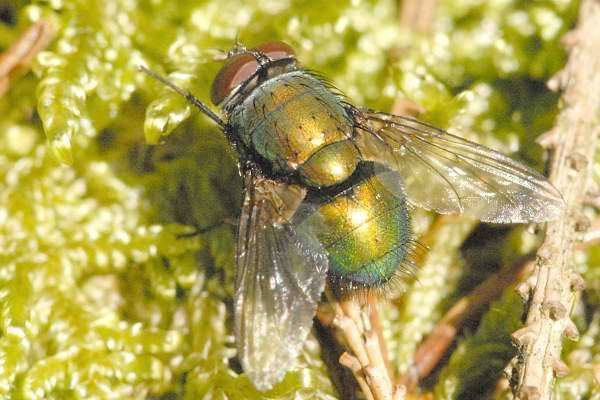
Alternatively, the eggs may be laid in wounds and eat the hosts flesh. When the toad has died and the larvae have totally consumed its tissues and finished their development, they make their way into the soil and pupate. The larvae exhibit temperature sensitivity, flourishing only within a range of 14 °C to 29 °C. Should temperatures drop below this threshold, they cease feeding, depart from their host, and seek to hibernate by burying themselves shallowly in the soil.
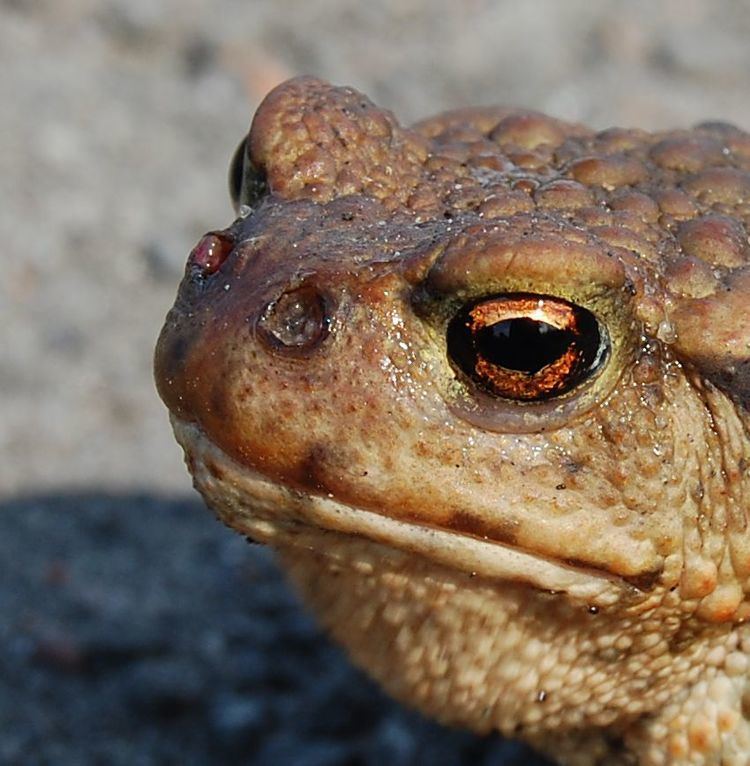
In a study in the Netherlands, it was found that the fly selectively targeted larger toads, with no juveniles and very few one-year-olds being affected. Overall, 8% of the toads examined were hosts to the toadfly larvae and would later have died, indicating that the activities of this parasite have a significant effect on the toad population.
